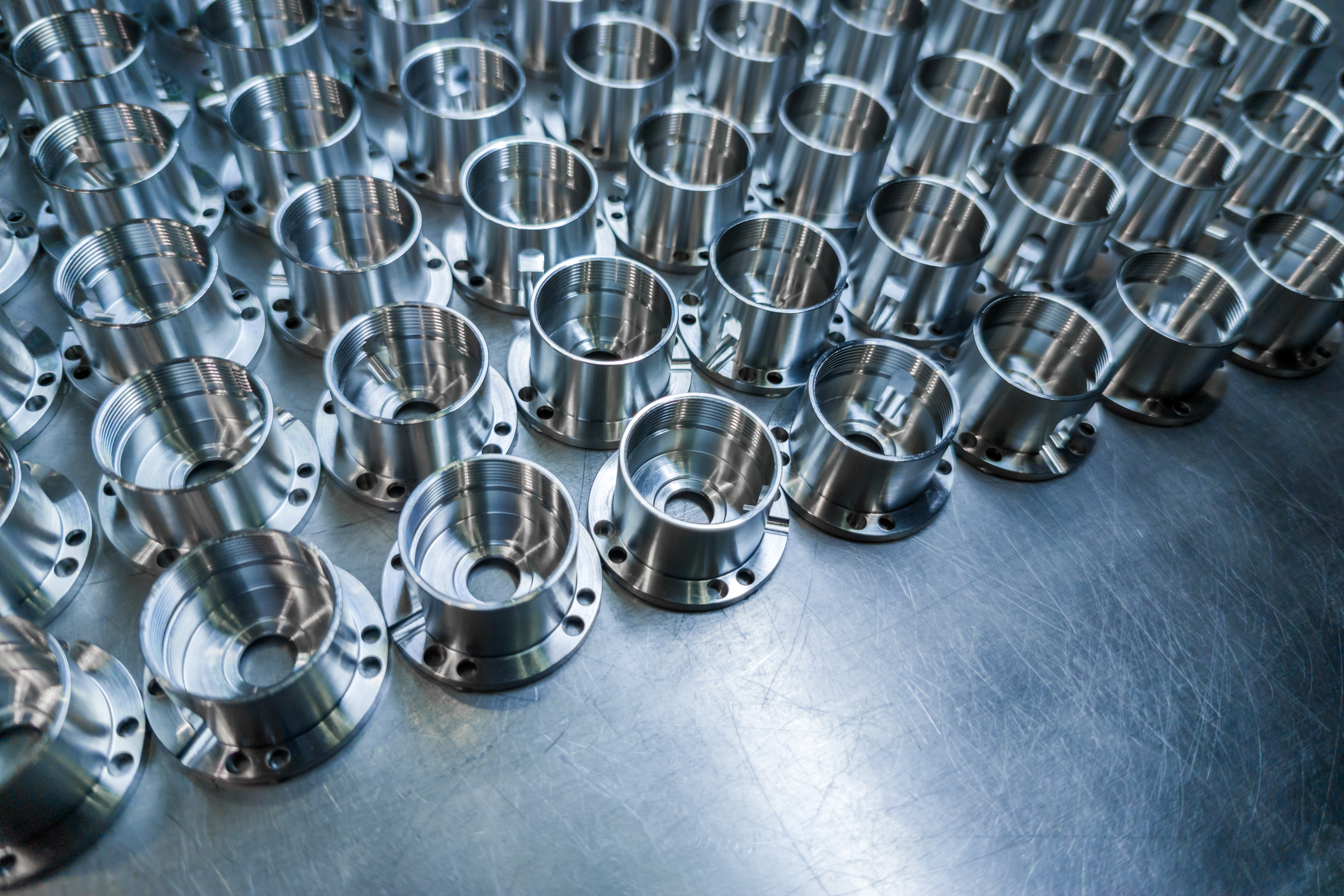Critical Numbers in Manufacturing
No matter what you make, there are critical numbers you have to know if you’re going to be in manufacturing. Run rate, profitability and order...
3 min read
Kristin McLane : June 2, 2020 at 10:00 AM

You know that manufacturing is a bear. Things never go as planned. Machines go down. Orders get prioritized and (re)prioritized. Things aren’t where they need to be. Jobs cost too much and take too long. The team doesn’t ship your products the right way or maybe even build your products to the exacting customer standard(s). If your shop never experiences any of these, you can stop reading.
Or can you?
Even if you’re in the business of making the same parts every week and don’t have the variability challenges of some manufacturers, there are problems lurking around every corner of your shop. Look for them. Things out of place. Job packets sitting without the parts. Work stopped.
In two prior blogs we’ve considered two major questions. The third and final question we want to consider in manufacturing is how, exactly, do you want me to do that? This goes far beyond electronic work instructions – specific step-by-step instructions for how to build your product, typically written by your or your customer’s engineering team.
This takes both the understanding and know-how of a very sophisticated set of interlinked processes to make it happen. The process or system that you use to help you run production should be able to differentiate between work going well and work not.
Generally, for manufacturers that don’t use a digital system to get there, there is a single point of contact for this. We’ve met experts in the production control areas of plants that everyone at that facility relies on to help them out of a jam. This person becomes the single source of truth for manufacturing and the plant generally cannot run without them.
They tend to be experts at what they do. They know, inherently, what to look for and gauge the workings of the shop from moment to moment. They know how to fix things, from machines to production flow. They are the Jack(s) and Jill(s)-of-all-trades.
But masters of none. We’re going to push here to say that no person can do what a system can. Inherently, if you’re using a person to solve these problems, or even an Excel sheet or other device to track issues, you are having the same problems today that you did last week, month and year.
If you truly want to answer the question “how do you want me to do that” you need to consider the relationship between everybody and everything on your shop floor. Each Order for work is going to push or pull you in a certain direction. You can’t keep track of these, plan for these or troubleshoot these effectively without a little bit of help from a system that can track, plan, re-calibrate and focus the work. Each decision to change or re-prioritize work affects many other orders being worked across production.
How exactly do you want me to do that means you need to be able to send the right information to each person in the process exactly as and when they need it. You need to be able to predict and defend the information that you send in order to know, absolutely, that you are giving the very best information.
Remember that we have already established your ERP can’t do this. On this particular point it becomes very clear. Your ERP cannot and will not recognize the flow of work on your shop. It’s a transactional system that recognizes transactions. It counts. It checks. It does not flow from process to process and it will never understand the nuances of the flow of work on your shop floor.
Consider investing in a system that’s built specifically for the three critical questions in manufacturing:
Prepare your team for the work they need to do today, tomorrow and into the future in order to bring your facility there as well. Work has gotten more competitive, requires more attention to the profitability of each job and, quite simply, can no longer be done the way you used to do it. Bring your plant into a more predictable future by giving yourself all the information you need to move it there.
In 2020, we are rolling out meaningful tools for manufacturers that are affordable, on-target and competitive. We are also expanding our educational offerings.
We believe in the critical importance of manufacturing right here in North America and we work hard to keep you working. Ask us questions; you will find that we are far more reachable than other software providers you may partner with. We are here to help you find the right tools and use them, whether it's a Google doc, an Excel sheet or a Production Control system. To learn more about meeting your targets for 2020 or just getting a question answered, visit us at www.cimx.com.

No matter what you make, there are critical numbers you have to know if you’re going to be in manufacturing. Run rate, profitability and order...

Post COVID, targets are different and work has changed for almost everyone. This is nothing new and it seems that everyone is writing about it. But...

1 min read
You come to work this morning and your workforce is ready to go. Do they have everything they need to do their work? The right materials, new work to...